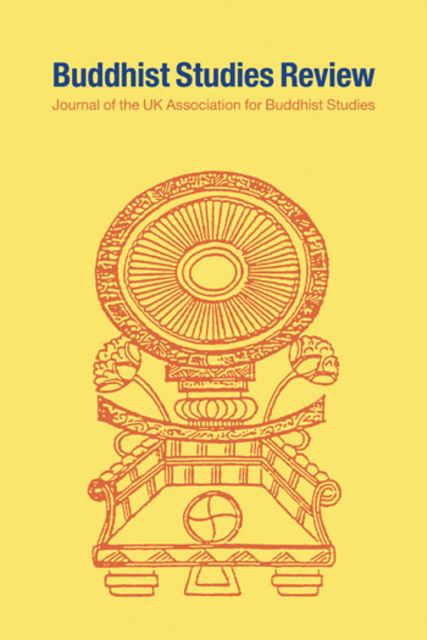Like the Rhinoceros, or Like Its Horn? The Problem of Khaggavisana Revisited

Full description
The Pali expression khaggavisanakappo may either mean ‘like the rhinoceros’ or ‘like the horn of the rhinoceros’. It occurs in the refrain eko care khaggavisanakappo at the end of each stanza of the Khaggavisana-sutta and its parallels, and the refrain has been translated by some as ‘one should wander alone like the rhinoceros’ but by some, including K. R. Norman, as ‘one should wander alone like the horn of the rhinoceros’. K. R. Norman has however set out his reasons for regarding ‘like the rhinoceros horn’ as the correct translation, and ‘like the rhinoceros’ as wrong. The present article critically discusses Norman’s reasons, concluding that the expression khaggavisana may be regarded as a deliberately ambiguous compound meaning both the rhinoceros and its horn, or perhaps as a single expression meaning ‘rhinoceros’. The zoological facts are considered, as well as the difficult etymology of khaggavisana, its contextual meaning, its meaning in Jain parallels, and its discussion in Pali commentaries. The article concludes that ‘like the rhinoceros’ is in fact a correct translation.
- typeImage
- created on
- file formatjpeg
- file size82 KB
- container titleBuddhist Studies Review
- creatorDhivan Thomas Jones
- issn1747-9681 (online)
- issue31.2
- publisherEquinox Publishing Ltd.
- publisher placeSheffield, United Kingdom
- doi
We use cookies to analyze our traffic. Please decide if you are willing to accept cookies from our website. You can change this setting anytime in Privacy Settings.
